It was left to Vincent Smith to Summarize the results of the first century of historical and archaeological research in India, and his Oxford History of India and Early History of India are still authoritative Works of reference. His History of Indian Fine Art was the outcome of his realization of the importance of the evidence of archaeology in Indian studies, and of his perception that the aesthetic nationalism preached by Mr. Havell and Dr. Coomaraswamy in their pioneer works was not acceptable without deeper research and a more accurate appreciation of the facts. It may be admitted that the criticism of art was never his chief care, although he had acquired an unrivalled experience of the great sites of India during his long period of service. His strength lay in his determination to set down on paper what was known and what was conjectured, and in such order that it might be easily grasped. Since then new discoveries have been made and new facts been brought to light. Opinions have consequently changed. For one thing Indian sculpture and painting have taken their place among the familiar arts: mediocre Mughal paintings are at a Premium in the sale room; Ajanta and Ellora are made much of in the advertising schemes of the Indian railways; the literature of Indian Art grows apace. Yet in spite of changes and the passage of years Vincent Smith’s chronology of early India remains a defensible whole, and we are no nearer to an exact knowledge of the Graeco-uddhist art of Ganhara. In fact, an examination of the reports of recent discoveries would suggest that we are suffering from an over-abundance of new material which we are unable to handle. This, as has been said, was the great merit of the History of Indian fine Art, and an attempt has been made to preserve it. The text of this revision is therefore not weighted down with recent references and theories, which, however, may be arrived at by means of the short bibliography provided. The greatest change is the unification of the dual accounts of the history of architecture and sculpture, which does away with a considerable amount of a large number of new illustrations introduced. A great deal to aesthetic comment has, furthermore, been omitted, partly because it can quite well be left to the student himself, and partly because it was considered desirable to shorten the book as much as possible. Lastly, it must be stated that the matter dealing with Indian paintings is intended to be only general and introductory. In this subject much research is still necessary before ‘schools’ can be accurately distinguished from “periods’.
A History of Fine Art in India and Ceylon
In stock
Free & Quick Delivery Worldwide
reviews
Bibliographic information
Title
A History of Fine Art in India and Ceylon
Author
Edition
2nd ed.
Publisher
ISBN
8120620046
Length
xvi+238p., Plates; Index; 29cm.
Subjects

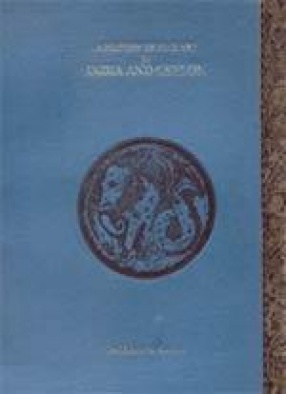
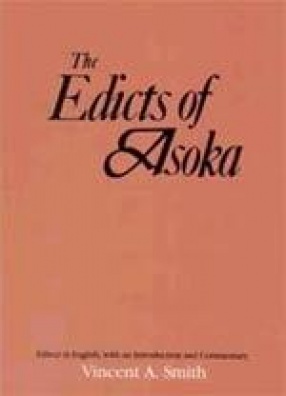
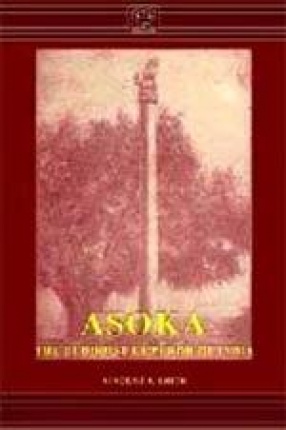
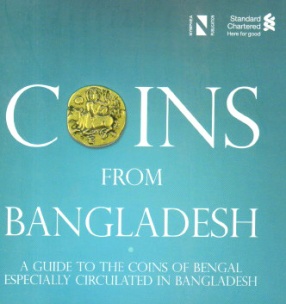

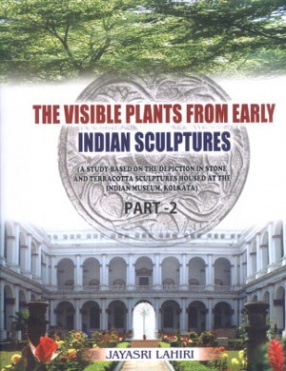
There are no reviews yet.